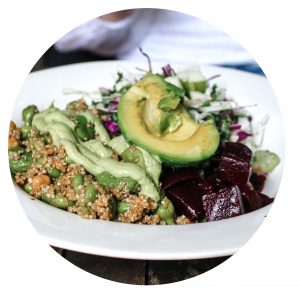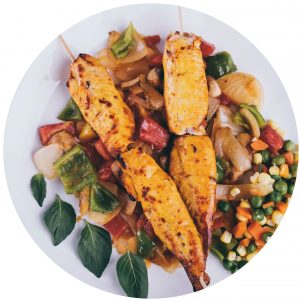Notes About The Recipes
Broth is the crucial ingredient in many of the following recipes. If at all possible, make your own, following the recipes in this chapter. Keep a supply in the refrigerator or freezer. Canned low-sodium, low-fat chicken or beef broth is acceptable, if it does not have additives, but it is neither as flavorful nor as pure as the broth you make yourself. Do not use bouillon. Salt and pepper are always optional. Herbs will add interest to bland foods. Experiment freely to determine which herbs and combinations of herbs are especially pleasing to you.We generally recommend dried herbs. If you would like to add fresh herbs, use three times as much as indicated.We recommend sea salt whenever possible.
With a few exceptions, olive oil is the only fat you will use during these two weeks. Use it sparingly. Extra virgin, cold pressed olive oil is highly recommended.When a recipe says to oil something lightly with olive oil, use this technique: First fold a paper towel in half three or four times to make a small, squarish pad. Moisten the paper towel pad with olive oil and then rub the surface to be oiled with the paper towel, coating the surface thinly. Re-moisten the paper towel with more oil as necessary. For any recipe in this book that uses olive oil to moisten a surface, you can use olive oil spray instead.
Plan ahead. Since many meats and vegetables can be reheated successfully, you may want to prepare for two or three meals at a time. For example, the Celebration Roaster is good when reheated. Generally you will probably want to serve one meat and-vegetable meal and one soup meal every day, so think soup while you are preparing meat and vegetables. You don’t have to eat alone.You can easily adapt any of the meal suggestions for non-dieters. Simply add a salad, bread, fruit, or a sauce for your family or friends.




